Nearly three months after our last marathon issue — which saw a complete overhaul of the design and organisation of the Journal — the team has pulled off our next edition, a Special Issue on the DJ guest edited by Anna Gavanas and Bernardo Alexander Attias.
Deep bows are in order to the Production, Editorial and Copyediting teams for seeing this issue through so soon after the last one, and at that with an impeccable quality of production. There were very few errors behind-the-scenes. In part this is because of the hard work done by the editorial and production teams in creating working manuals and guides for all aspects of the Journal’s production for the last issue. Though we discovered more areas to improve this time around — yep, we’re going to write (yet another) guide! — it means that we are creating a legacy of knowledge for Open Access, OJS-based Journal production that will not only keep Dancecult afloat but will be transferable to other publishing projects.
Our only remaining issue is figuring out a way to upgrade the open source publishing platform, OJS. OJS is a beast and is built like early CMS systems from the late ’90s — the design theme and operational core are not separate elements, the backend interface is clunky, and there are numerous bugs. This means that as we’ve modified the theme, as well as applied bug patches, we remain unable to upgrade the core architecture without completely reinstalling OJS from the ground-up and rebuilding the entire design and modded functionality of the Journal. This is bad news both for security and for updating the system to use newer protocols, design elements, and social media integration. In short, Dancecult needs funding; we cannot continue to do this as a volunteer project as the costs of simply hosting and managing a complex CMS such as this are quickly outpacing our volunteer resources.
So, without further ado, here’s the Table of Contents:
DANCECULT | Journal of Electronic Dance Music Culture
==================
Volume 3 * Number 1 * 2011
==================
http://dj.dancecult.net/
SPECIAL ISSUE ON THE DJ
with Guest Editors Bernardo Alexander Attias and Anna Gavanas
CONTENTS – DANCECULT 3(1)
## Feature Articles ##
The Forging of a White Gay Aesthetic at the Saint, 1980–84
— Tim Lawrence
The DIY Careers of Techno and Drum ‘n’ Bass DJs in Vienna
— Rosa Reitsamer
Rumble in the Jungle: City, Place and Uncanny Bass
— Chris Christodoulou
Headphone–Headset–Jetset: DJ Culture, Mobility and Science Fictions of Listening
— Sean Nye
DJ Goa Gil: Kalifornian Exile, Dark Yogi and Dreaded Anomaly
— Graham St John
## Conversations ##
Off the Record: Turntablism and Controllerism in the 21st Century, Part 1
— tobias c. van Veen and Bernardo Alexander Attias
##From the Floor##
Nomads In Sound vol 2
— Anna Gavanas
Meditations on the Death of Vinyl
— Bernardo Alexander Attias
Turntables of Doom
— Kath O’Donnell
We call it Swedish Techno
— Anna Ostrom
“War on the Dancefloor”: The Reproduction of Power and Pleasure at the Amphi Festival in Cologne
— Johanna Paulsson
##Reviews##
Man Vibes: Masculinities in the Jamaican Dancehall (Donna P. Hope)
— Marvin Dale Sterling
Hold on to Your Dreams: Arthur Russell and the Downtown Music Scene, 1973–92 (Tim Lawrence)
— Charlie de Ledesma
===
With deep bass rumblings,
Graham St John
Executive Editor
tobias c. van Veen
Managing Editor
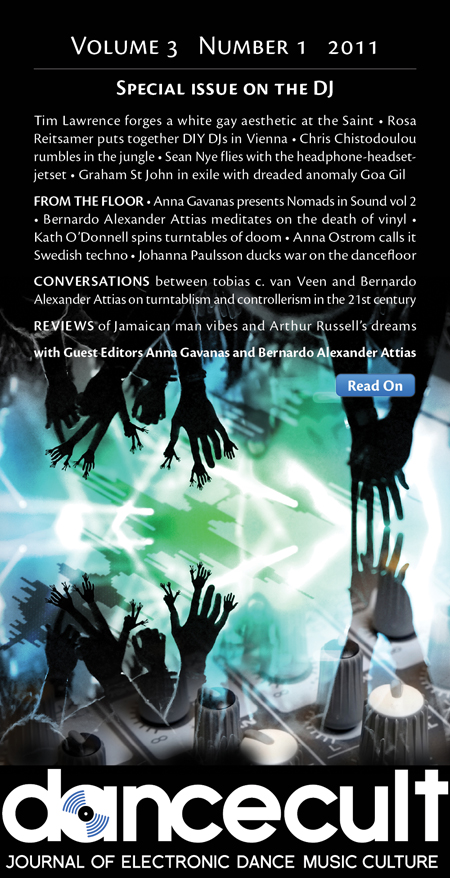
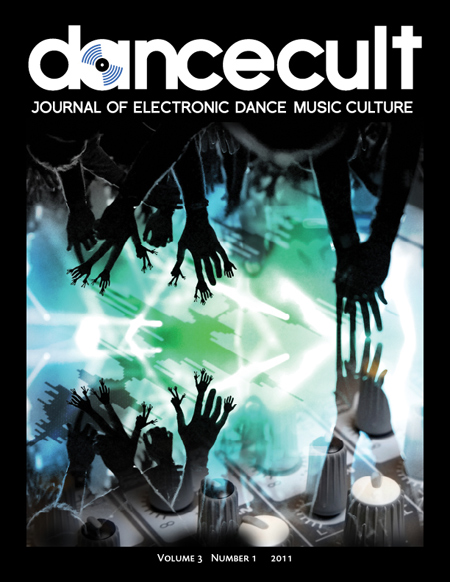
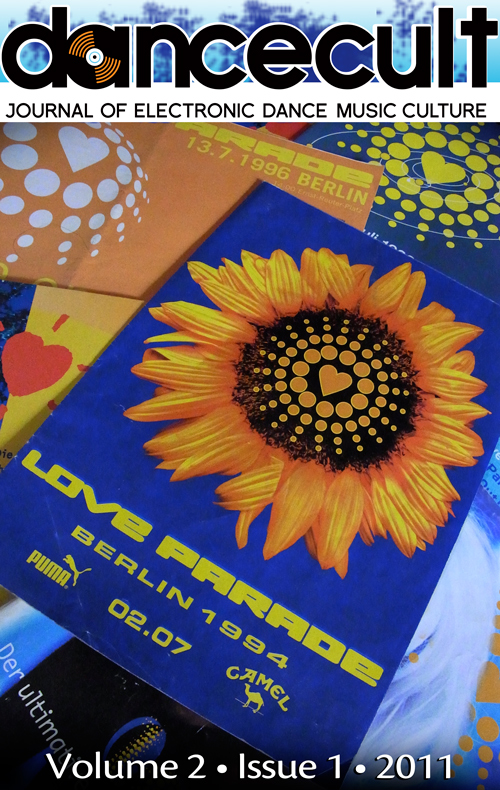
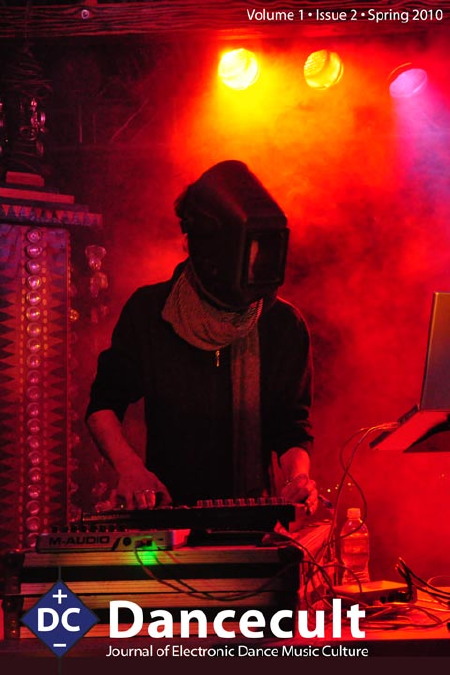


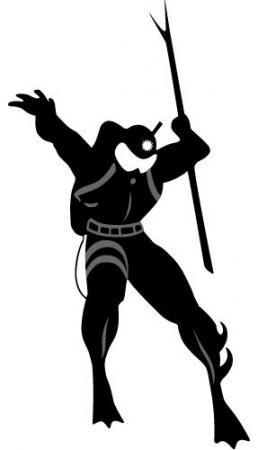





 RT
RT 